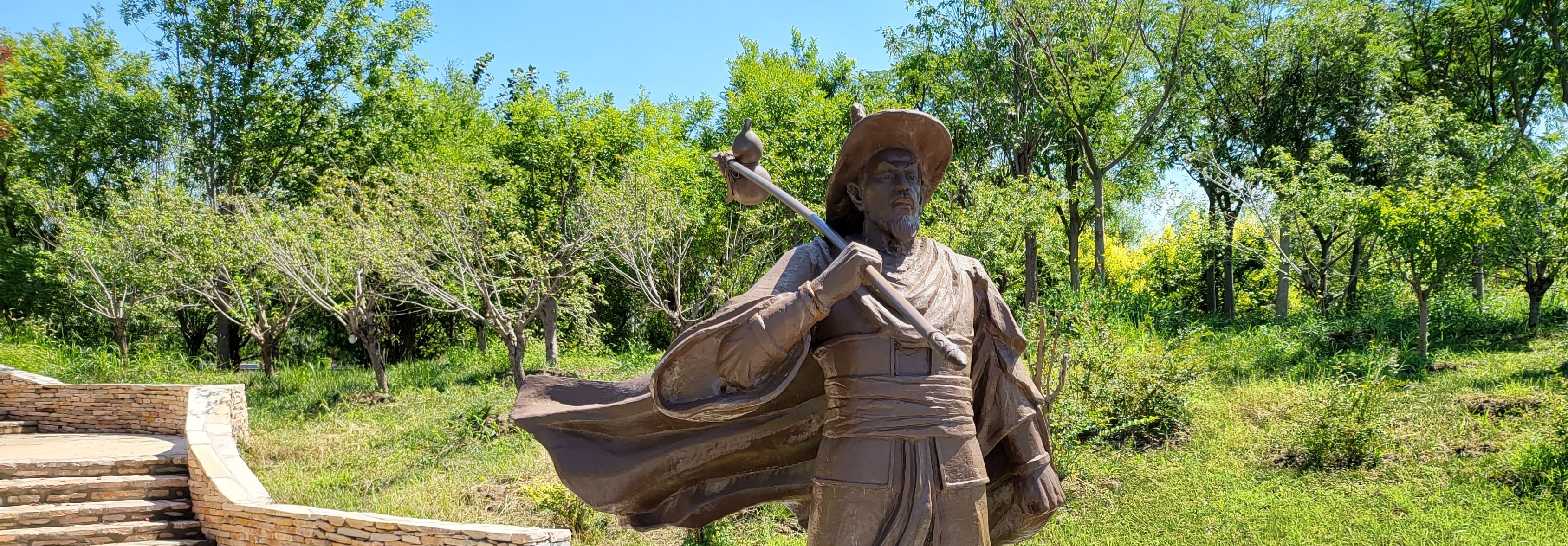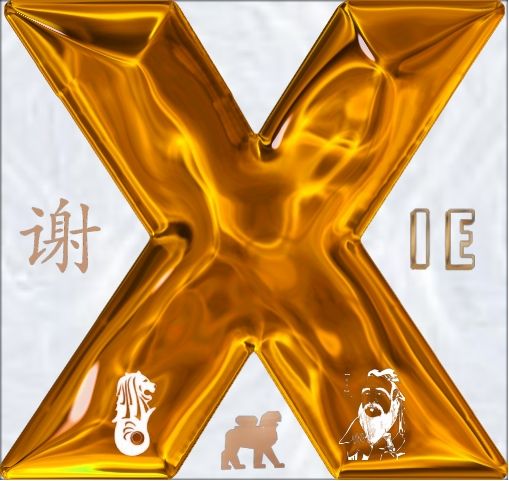
Xiefuzi Reise Blog
vakantio.de/xiefuzi-reise-blog
A Chinese university in Singapore
A bɔra kɛnɛ kan: 22.11.2024
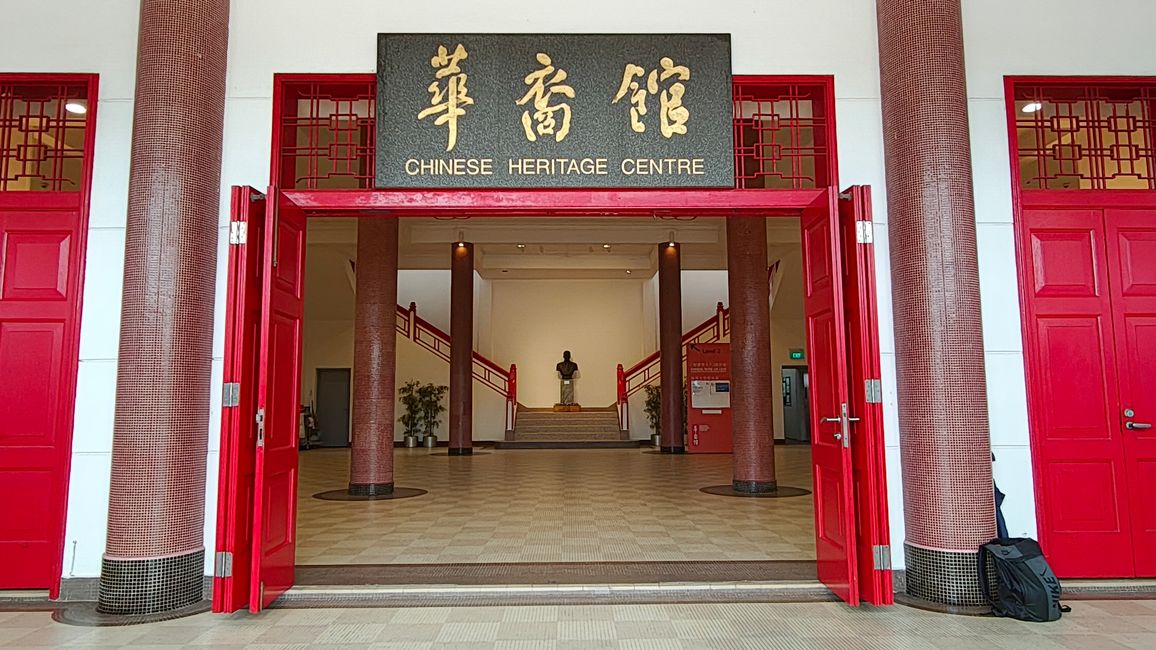
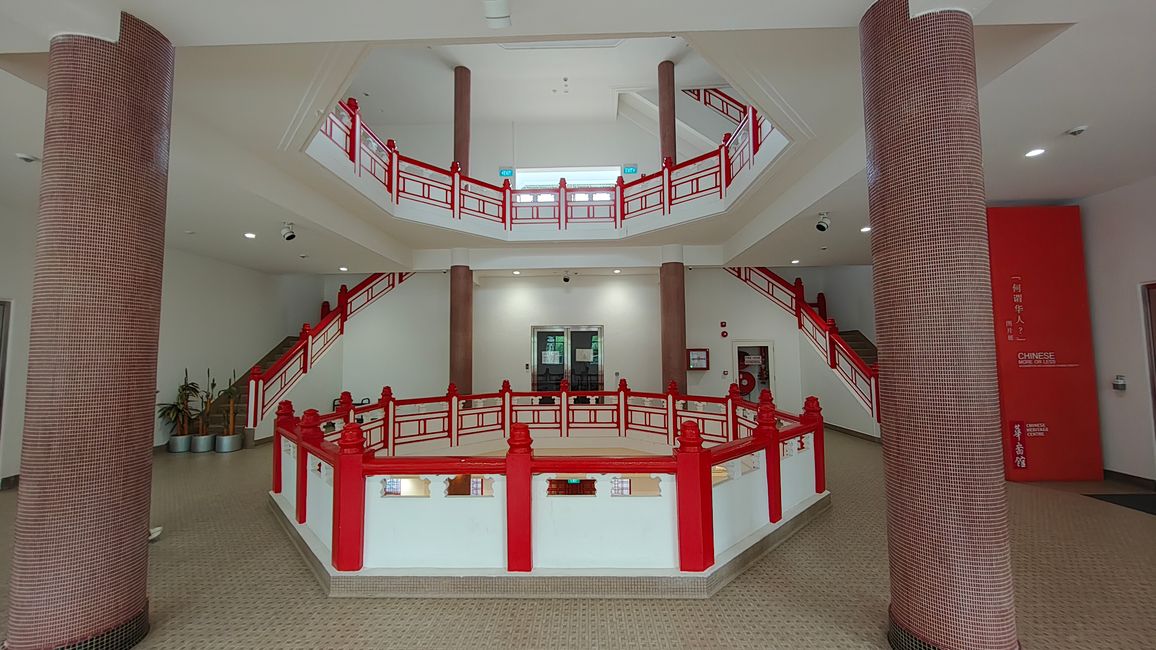
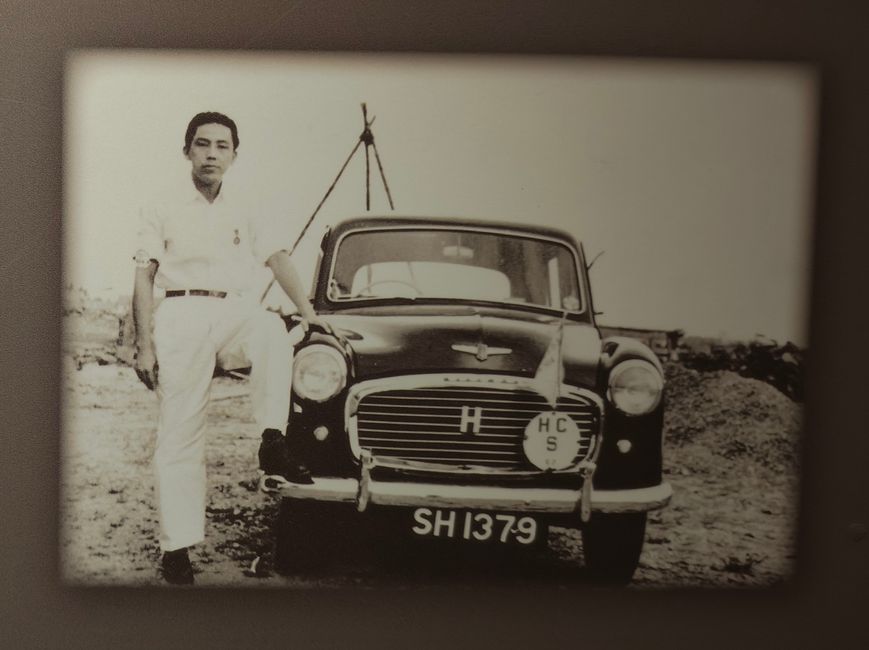
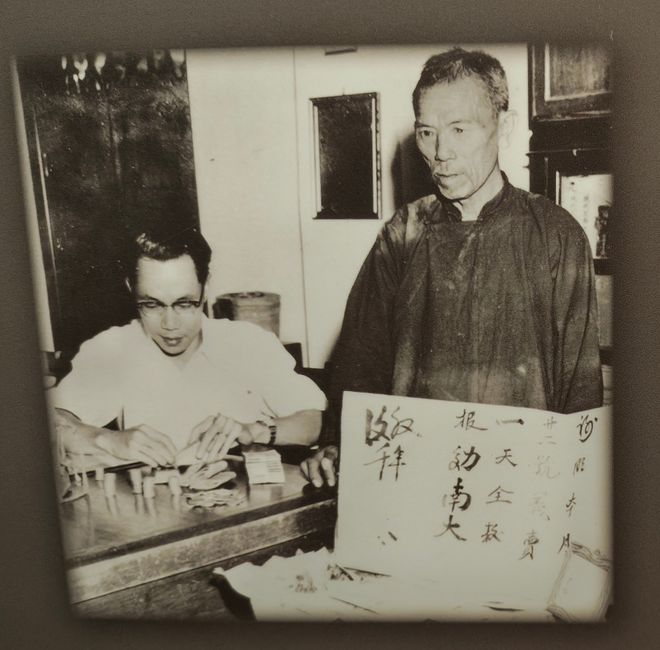

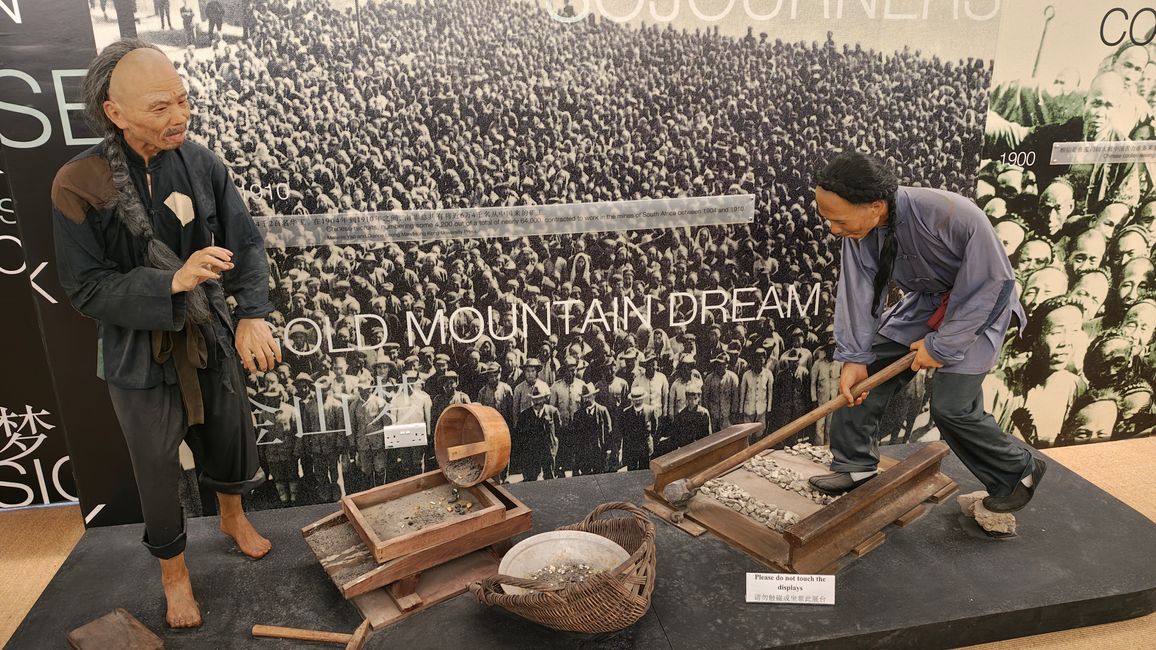
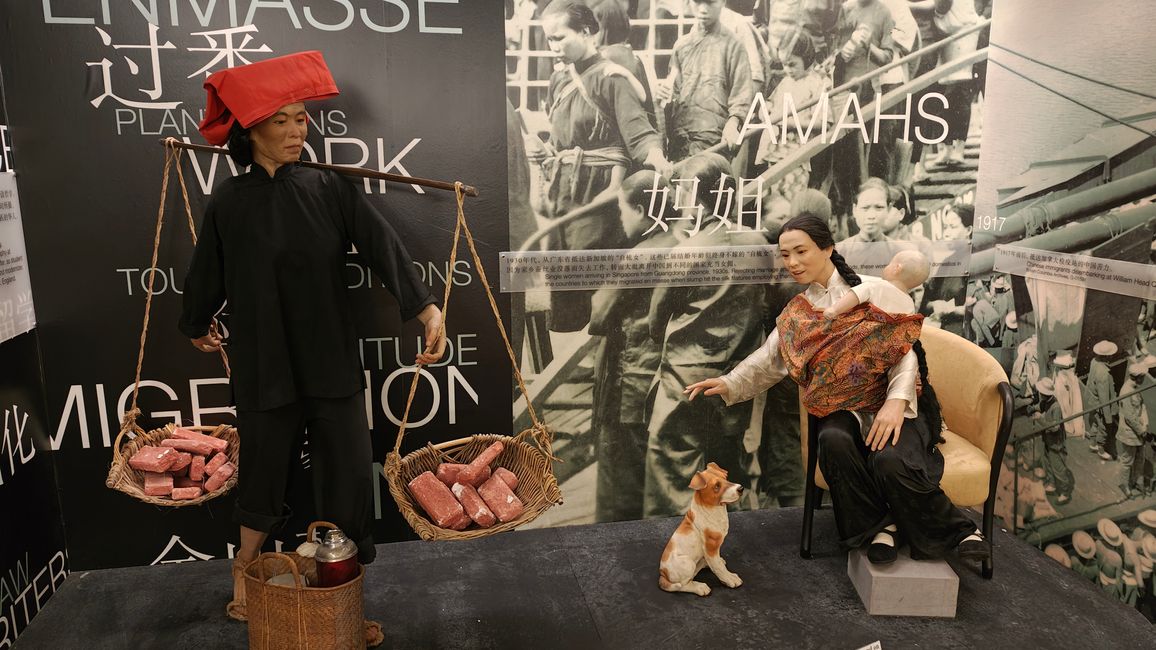

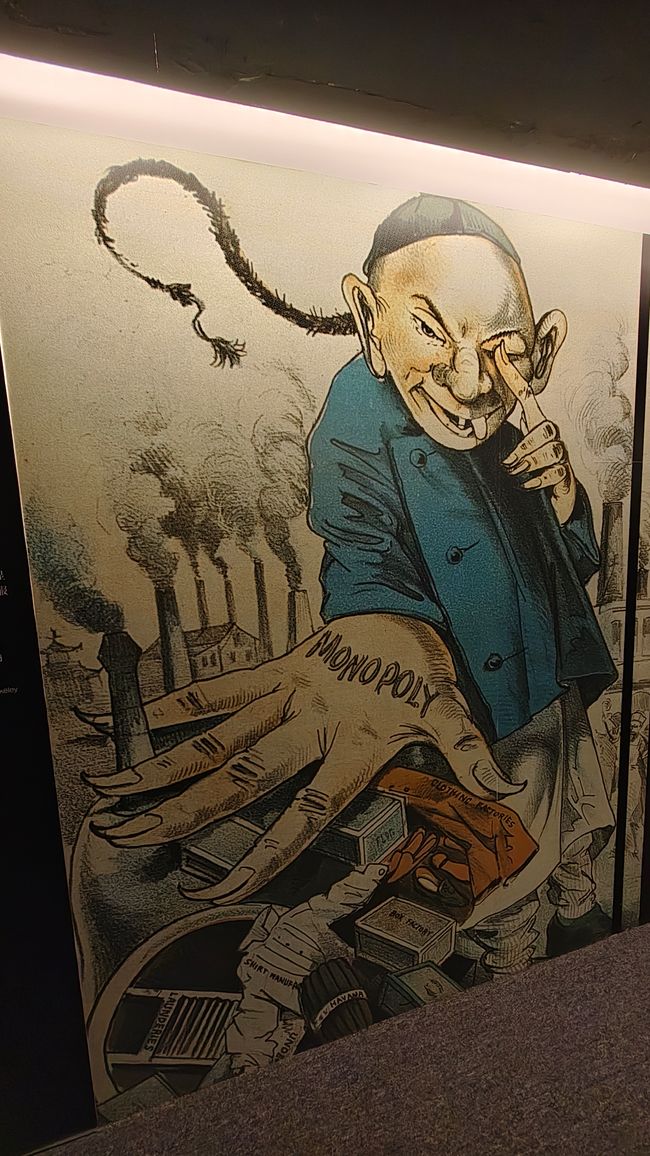
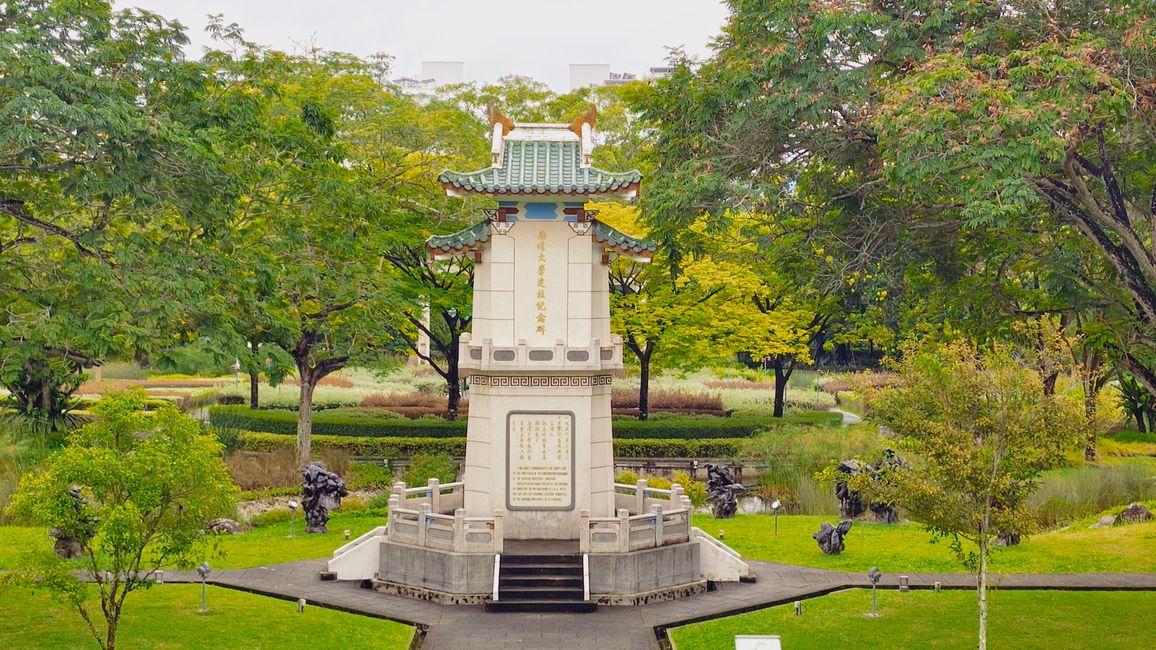
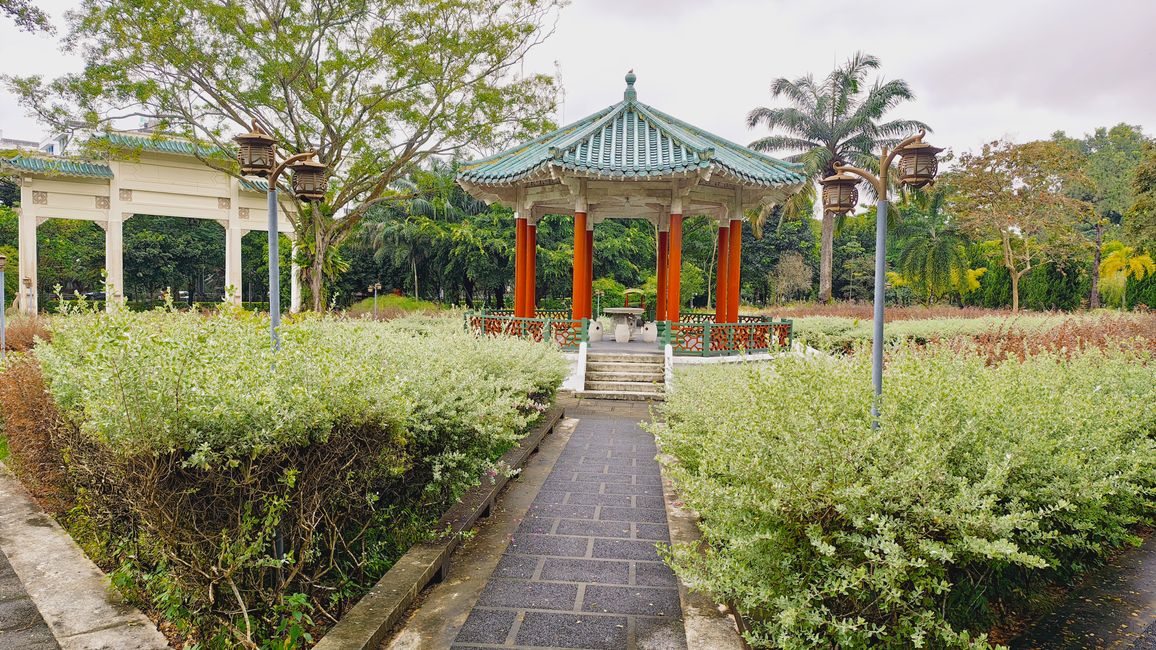
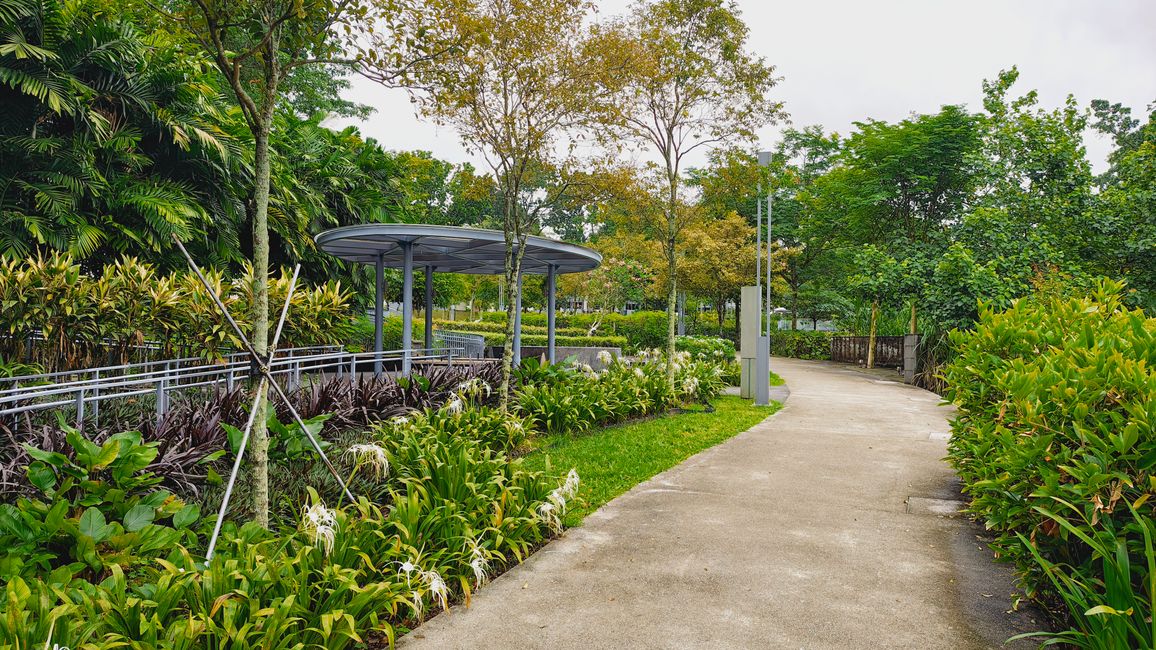
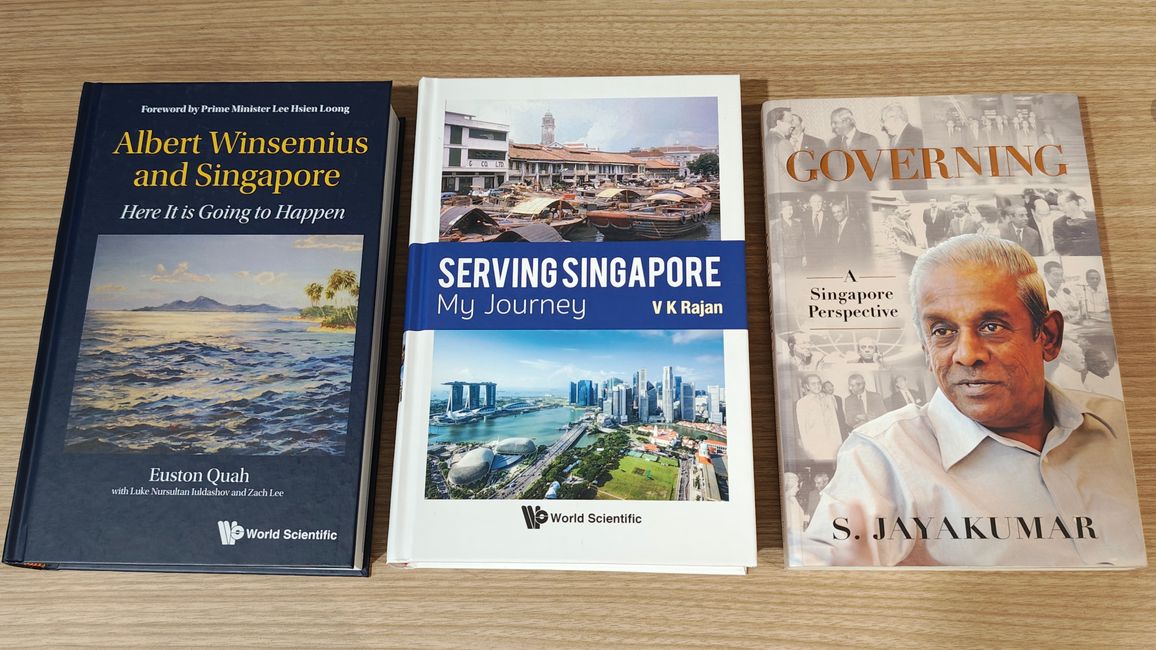
We are heading to the Nanyang Technological University, located far in the west of the island, which has a peculiar history that I'll elaborate on shortly. First, however, I urgently need to get to 'my' bookstore. I have read numerous books by key decision-makers, important figures, and dedicated journalists about the astonishing development of Singapore. A few years ago, I found a bookstore in the old Bras Basah Complex that has sourced several rare books and DVDs for me. I had already contacted the owner a few weeks ago and shared my three book requests. When I arrive at the Mary Martin Bookstore, my books are already waiting for me, and after a brief chat with the owner, I leave the store in high spirits and pop into the café in the adjacent National Library, a favorite café of mine that I frequently visited before events at the library.
But now, back to the university mentioned at the beginning, which was initiated and largely financed by a Chinese businessman in the mid-1950s. Notably, the funding was also achieved through many small donations. Many Chinese wanted better education opportunities for the Chinese-speaking population and donated money, like taxi driver Hu Fu Hai, who gave his earnings from an entire shift. Or rickshaw driver Wang Zhen Xiang, who drove customers to donate to the university. Not to forget my namesake Xie Ming from Kuala Lumpur, who donated a day's earnings as a hawker chef. Ordinary people contributed to the establishment of the educational institution, which soon became the center of political protests and communist unrest. The transition from a purely Chinese-language education to the modernization of the educational offerings was a rocky road. Eventually, the university was integrated into the National University of Singapore. I learn about this and other historical moments at the Chinese Heritage Centre, the former main building of Nanyang University. The journey there takes a long time due to the remote location, but that will change soon, as the viaducts of the upcoming metro line are already stretching their necks up on the university grounds. I had already been here twice before and always struggled with closed exhibitions. This time as well, the main museum area is not accessible, the building surrounded by scaffolding, and I have to settle for a small exhibition on history and an exhibition about global Chinese migration. The history of Chinese migration accelerated in the 19th century when a large number of workers left China to work in foreign countries. With the industrial revolution in Europe, the demand for raw materials from the mines and plantations of Southeast Asia and South America increased, leading colonial powers to recruit Chinese and Indian workers. During the same period, gold was found in parts of North America and Australia, causing the Chinese to move east and south across the Pacific. Chinese migrants were usually divided into those who looked back to China and those who wanted to settle and identify with their chosen country. In the immigrant societies of North America and Australia, Chinese people were systematically discriminated against for almost a hundred years, and parallels can be found to today's widespread anti-China propaganda campaigns in Europe and the USA. Especially the American caricature from the 19th century about the monopoly position of Chinese companies strongly resembles today’s campaigns regarding high tariffs for Chinese car imports and Chinese corporate investments in the USA and Europe. The role of Chinese migration as miners, plantation workers, and entrepreneurs in the economic development of the respective regions cannot be overemphasized. I also learned an interesting fact in the exhibition, as the former rector of Peking University Cai Yuanpei studied philosophy, psychology, art history, and ethnology in Leipzig in the early 20th century.
After my museum visit, we stroll through the recently redesigned expansion of the Yunnan Garden, located right in front of the Chinese Heritage Centre, in light rain. The plants in the longer-established area have grown quite large and remind me that it has been a long time since I first traveled far to the west of Singapore.
Jaabi
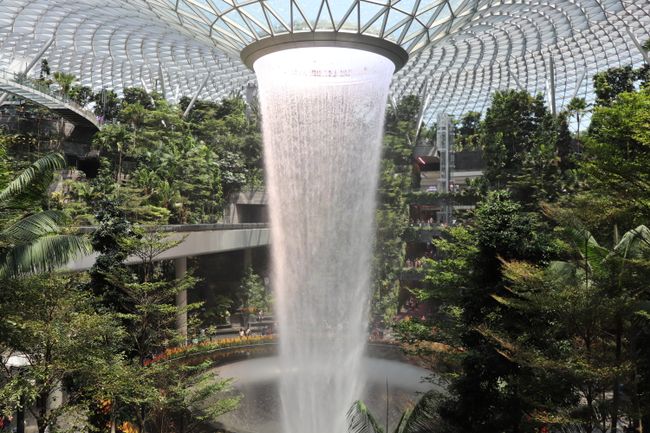
Taama rapɔɔriw Singapuri
